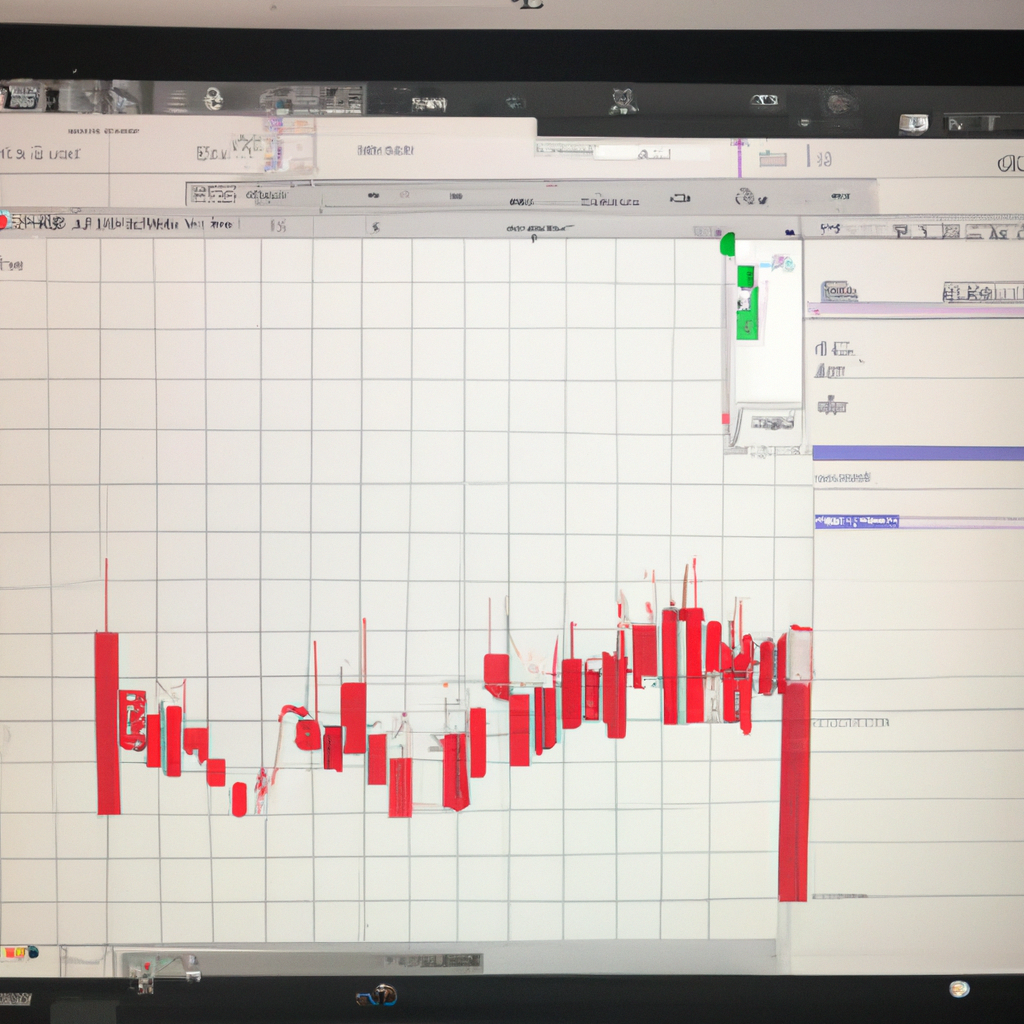
Mastering MACD: Unlocking Efficient Trade Signals
Introduction to MACD
The Moving Average Convergence Divergence (MACD) is a trend-following momentum indicator that shows the relationship between two moving averages of a security’s price. It is designed to reveal changes in the strength, direction, momentum, and duration of a trend in a stock’s price. The MACD is comprised of two main components: the MACD line and the signal line, which move together through the price chart, alongside the histogram, which represents the difference between the MACD line and the signal line.
Understanding the Components of MACD
MACD Line
The MACD line is the result of taking the difference between the 12-day Exponential Moving Average (EMA) and the 26-day EMA of the stock price. A positive MACD indicates that the 12-day EMA is above the 26-day EMA, suggesting upward momentum.
Signal Line
The signal line is the 9-day EMA of the MACD line itself. It functions as a trigger for buy and sell signals and helps to identify possible reversals.
Histogram
The histogram represents the difference between the MACD line and the signal line. A positive histogram suggests upward momentum is increasing, whereas a negative histogram indicates downward momentum is increasing.
How to Use MACD for Trade Signals
MACD Bullish Signals
Traders might consider opening a buy position when the MACD line crosses above the signal line, indicating potential upward momentum. Furthermore, if the crossover occurs below zero in the histogram, it can signify a strong bullish signal.
MACD Bearish Signals
Conversely, a sell signal is suggested when the MACD line crosses below the signal line, indicating potential downward momentum. This signal is considered stronger if the crossover happens above zero in the histogram.
Divergence
Divergence occurs when the MACD line and the stock price move in opposite directions, which could indicate a possible reversal. For instance, if the stock price generates a new high but the MACD line fails to hit a new high, it could signal the momentum is weakening and the trend may reverse soon.
Limitations of MACD
While MACD can be a powerful tool in identifying trend changes and momentum, it is not without its limitations. The indicator can produce false signals during sideways market conditions or when the stock price experiences sharp fluctuations. Therefore, traders often use MACD in conjunction with other indicators and analysis techniques to confirm trade signals.
Conclusion
Using MACD for trade signals involves understanding its components—the MACD line, signal line, and histogram—and knowing how to interpret the interactions between these elements. Whether it is identifying bullish or bearish signals, or spotting divergences, MACD can provide valuable insights into market momentum and trend direction. However, like any trading tool, it is most effective when used as part of a comprehensive trading strategy that includes analysis of market conditions, other technical indicators, and economic factors.

